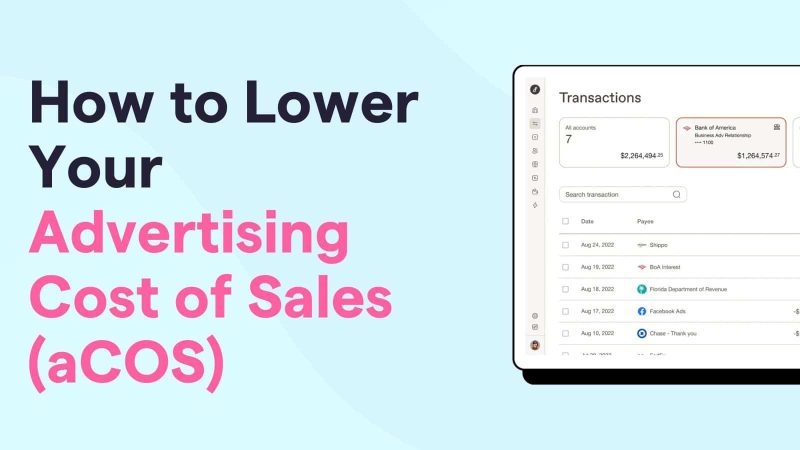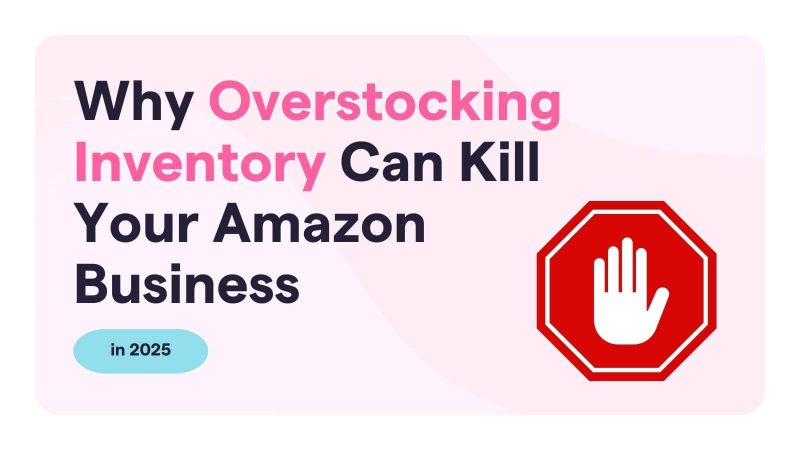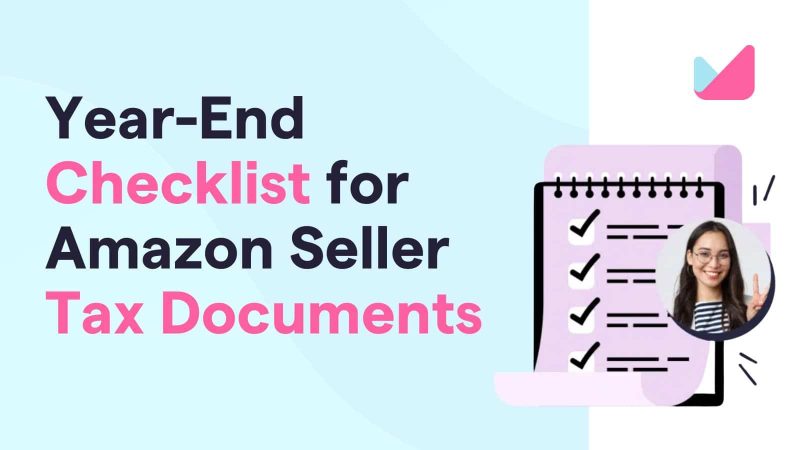When you join Amazon as a seller, you get access to a world-renowned platform which drives over US$110B worth of sales (and these are just marketplace transactions!) every year. That said, competition on Amazon is stiff: approximately 2,975 sellers join Amazon every single day; regardless of which industry you’re in, chances are that there are plenty of other sellers fighting for a slice of the pie.
So, here’s the question: how do you stay relevant in such a fast-paced, competitive environment? The answer lies in constantly reinventing your business, and not being complacent. In this article, we explore 5 different strategies that you can use to take your Amazon seller business to the next level.
1. MOVE ON FROM DROPSHIPPING.
Many sellers make their first foray into the world of Amazon with dropshipping. With this business model, you’re listing items for sale without actually having these items in your possession. Once a customer buys an item from you, you go to your supplier’s website, key in the order details, and have your supplier send the item directly to your customer.
Now, the beauty of dropshipping is that you don’t need to hold any inventory; this lets you set up shop with virtually zero upfront costs. That said, there are disadvantages to dropshipping as well, with one of the key disadvantages being that you’re dealing primarily with low margin goods. When it comes to dropshipping, you generally need to process a large amount of transactions to turn a decent profit.
If you’ve used dropshipping to get your foot in the door, so be it, but if you’re serious about growing your Amazon seller business, experts recommend moving to other business models. One possible option is to experiment with buying and reselling branded products. Ray Berman, who has been selling on Amazon and coaching Amazon sellers for 8 years and counting, says that he immediately skyrocketed his Amazon sales to $600,000 per month (up from $25,000 per month) after venturing into dealing in branded goods.
2. COME UP WITH A PRIVATE LABEL.
If you’re not keen on reselling branded goods, another option is to come up with a private label, and build your own product line. There are plenty of manufacturers that will white label an existing product for you, and while you’ll still have to do your due diligence to make sure that the product works well and is of good quality, creating your own label isn’t quite as difficult as you might think.
Why create your own label? Owning your own label gives you more control when it comes to branding and pricing, and it makes you less vulnerable to market fluctuations and price wars. Ideally speaking, you should go a step further and invest in R&D and intellectual property as well. If you create your own technology and patent your products, for example, this makes your business more defensible. In other words: you’ll be able to protect your business more effectively against unethical sellers who might try and rip you off.
3. DON’T RESTRICT YOURSELF TO FBA
On paper, FBA sounds like it makes a ton of sense. You can focus on developing your products and growing your sales, and Amazon will take care of the rest (picking and packing, distribution, etc) for you. That said, between the storage fees and fulfillment fees that you’ll have to cough up, using FBA probably isn’t the most cost-effective option for you.
Does this mean you should abandon FBA completely? Not necessarily – FBA does come with other perks as well, so we wouldn’t write it off so quickly. More specifically: any products you list on FBA are automatically eligible for free shipping and free Two-Day Shipping, and this makes your products more attractive to consumers (as opposed to products that don’t come with free shipping).
The bottom line? If FBA brings you enough (additional!) sales to justify its cost, then use it by all means. But for your customers who don’t care about free shipping, maintain your own inventory and ship out your own orders – you’ll get a much higher margin out of these transactions.
4. EXPAND YOUR TEAM.
Most sellers start off their Amazon business as a one-man-show, and that’s perfectly fine. When you find yourself struggling to cope, and your business has plateaued, however, that’s an indication that you need to expand your team.
Who should your first hire be? This really depends on your exact situation and your current challenges. The most obvious thing to do is to hire people to take the menial, low-level work off your hands (eg shipping and fulfillment), but some entrepreneurs find that it makes sense to hire people to take on highly specific functions (for instance: managing negative reviews) as well. Sit down and think about what will impact your bottom line the most, and work from there.
5. OUTSOURCE IF NECESSARY.
If you’re worried about cash flow, and you don’t want to bring a full-time hire on board, you can always work with freelancers and contractors, and outsource your work that way. For example, many Amazon sellers don’t want to be bogged down with bookkeeping and filing their taxes (plus: they don’t have the expertise required to get their accounting done efficiently) – and that’s where Museminded comes in handy.
Accounting aside, it’s also common for Amazon sellers to outsource the running and managing of their Sponsored Products to external contractors. Assuming you have over a hundred SKUs, you’ll probably be running many campaigns, and testing out hundreds or even thousands of keywords at the same time. For the average Amazon seller, it takes a great deal of time, effort and expertise to optimize your campaigns – but for someone who specializes in running Sponsored Products, it’ll be a piece of cake.
A FINAL WORD ON REINVENTING YOUR AMAZON BUSINESS
Remember: 2,975 sellers join Amazon every single day; if you’re not careful, these sellers will win over your customers and steal your business. In order to ensure that your Amazon business survives (and thrives), make sure that you’re constantly improving upon your operations and workflow, and never get complacent. ')}




